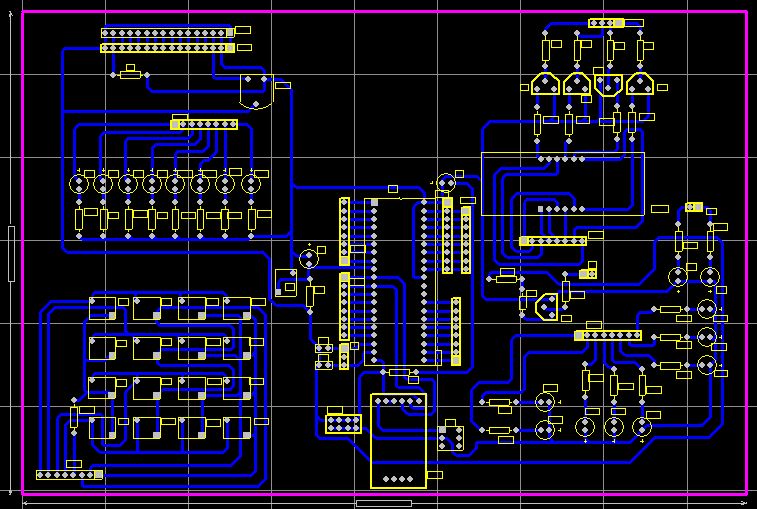The reinforcement on the FPC is generally equipped with a layer of thermosetting glue. The thermosetting adhesive is solid at normal temperature and has no viscosity, but when the temperature rises to a certain level, it will transform into a semi-cured state with strong viscosity. At this time, the FPC and the reinforcing plate are stuck together (the general practice is to After strongly aligning the bonding position, use an electric soldering iron for 1~2s for single-point positioning. After that, perform hot pressing, that is, high temperature and high pressure, so that the entire surface of the glue can flow and bond completely. At this time, it is basically difficult to separate). After baking, the glue is further cured.
2. To fit the reinforcement board, this process will generally be marked on the process sheet, and the FPC drawing will be issued at the fitting reinforcement station. The drawing includes the FPC appearance, the reinforcement appearance, and the location of the two.
Manual patching or using jig to assist patching

FPC flexible circuit boards are characterized by lightness, thinness and shortness, so they are also the best choice for most intelligent electronic products. Flexible circuit boards are also prone to operations such as bends, folds, and scars during use. They have low mechanical strength and are easy to crack. Therefore, the purpose of the stiffener is to strengthen the mechanical strength of the FPC flexible circuit board, and to facilitate the installation of parts on the PCB surface. There are many types of reinforcing films used in the flexible circuit board, depending on the requirements of the product. Mainly include PET, PI, adhesive, metal or resin reinforcement board and so on.
1. The main process of FPC flexible circuit board reinforcement
PCB production process: cutting (copper foil protective film to reinforce PSA) - drilling (copper foil protective film to reinforce PSA) - black holes or PTH - paste dry film - film alignment - exposure - development - copper plating - go Dry film - chemical cleaning - paste dry film - film alignment - exposure - development - etching - remove dry film - rubbing - paste upper/lower protective film - laminate - paste reinforcement - laminate - punch - print text - bake Baking-Surface Treatment-Paste PSA-Split-Reduce Lead-Electrical Inspection-Red Shape-FQC (Full Inspection)-OQC-Packing-Shipment
2. Reinforcing fit
1. Thermo-compressive reinforcement: At a certain temperature, the thermo-hardening glue of the reinforcement film begins to melt to make the reinforcement film stick to the product and position the reinforcement.
2. Pressure sensitive reinforcement: without heating, the reinforcement can stick to the product.
3. Reinforced pressing
1. Thermocompressive reinforcement: Use high temperature to melt the thermal hardening glue of the reinforcement film, and use appropriate pressure or vacuum to make the reinforcement film tightly fit on the flexible circuit board.
2 Reinforcement of the pressure sensitivity of the flexible circuit board: no heating is required, and the product is pressed by a cold press
Four, maturation
For hot-pressing reinforcement: the pressure is small during pressing and the time is short. The reinforced thermo-hardening adhesive is not completely aging, and it needs to be baked at a high temperature for a long time to completely age the adhesive and increase the adhesion of the reinforcement to the product. .